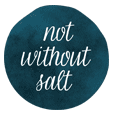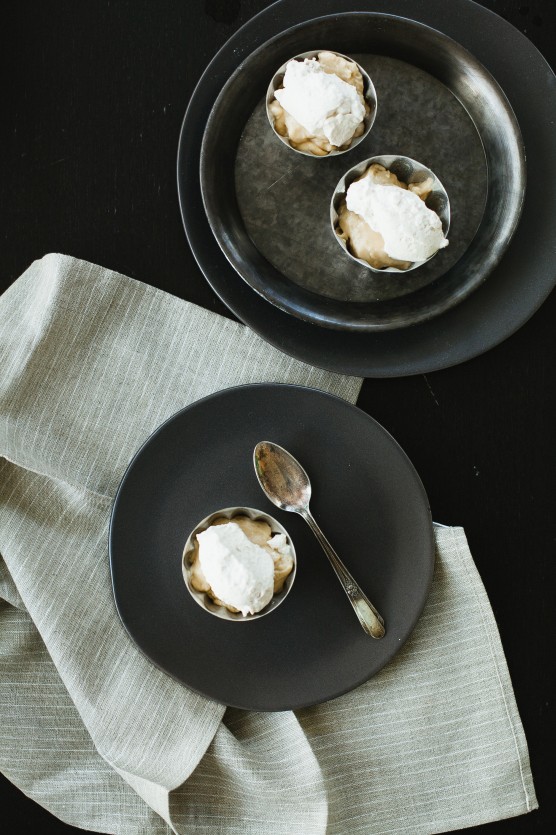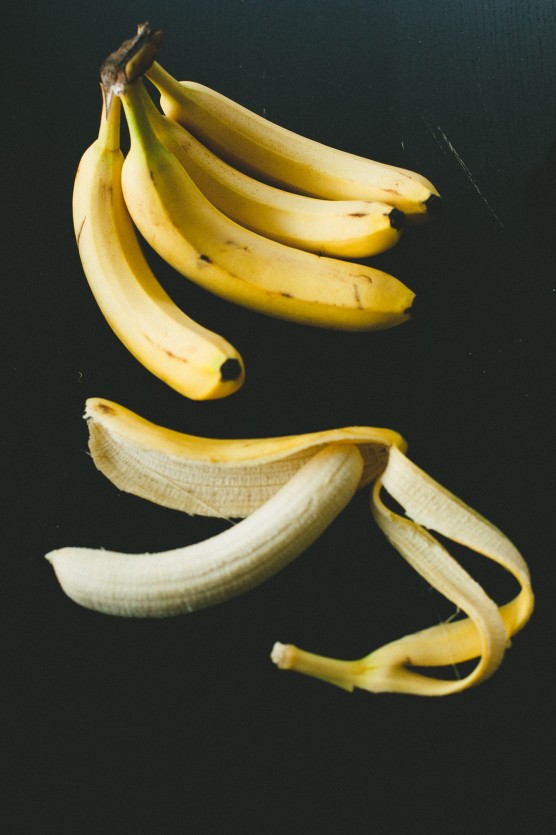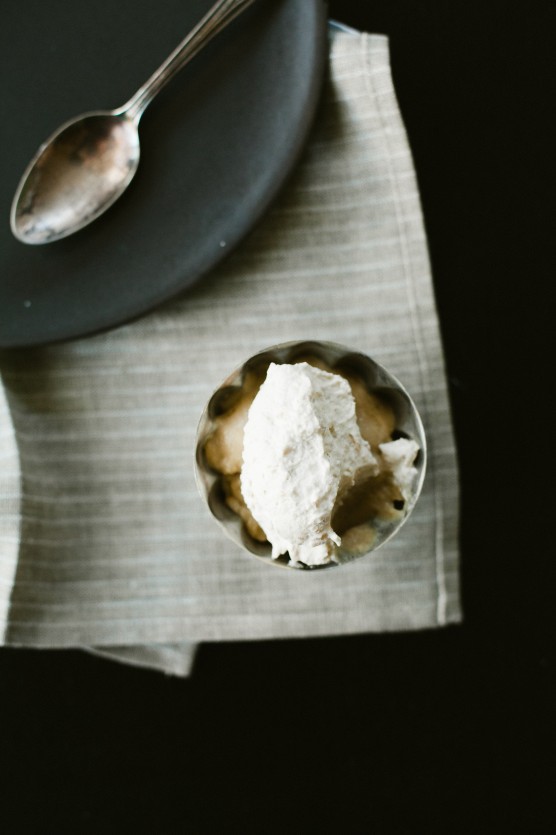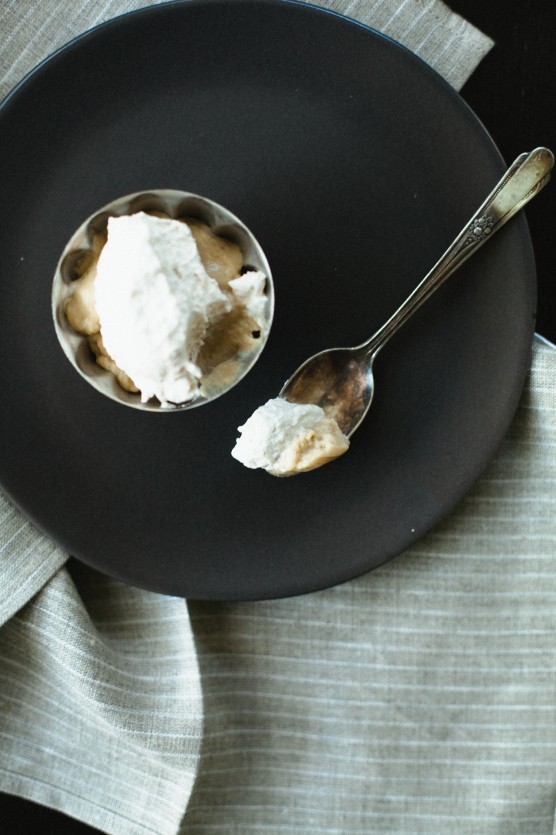Melted Leeks and Ricotta Tartine

Could it be that there is actually something good to be said of fear? It turns out that the emotion that I’ve dreaded and relegated to being “wrong” and “unhealthy” might possible be an indicator of exactly what I should be doing.
Let me back up for a moment. This past week I read, or listened to (audiobooks are the book-loving busy mom’s dream), the book, “The War of Art ”
”
by Steven Pressfield. In it he basically gives us creatives, who tend to drag our feet in the mud, a swift, yet encouraging kick in the backside. A kick that puts us at our chairs where we must sit and actually do the work. But the work is hard and is surrounded by fear.
In this book, Pressfield asks, “Are you paralyzed with fear? That’s a good sign. Fear is good. Like self-doubt, fear is an indicator. Fear tells us what we have to do. Remember one rule of thumb: the more scared we are of a work or calling, the more sure we can be that we have to do it.”
I make excuses all the time for why I can’t sit and write everyday, for why I shouldn’t pick up my pencil and sketch. As those excuses crumble the roots are exposed and fear is revealed. So yes, I am paralyzed with fear and apparently that’s good. This understanding is helping me not to fear the fear, makes me not feel incompetent for feeling it but rather turns it into a motivator.
I am plagued with fear around writing, succeeding and acting out the goals I’ve made. If fear surrounds what our calling is then it is now the fear that motivates me to just keep at it. Much of the time I question my direction, wondering if these things I fear are really even worth time pursuing but now I see, yes it’s worth it to fight through the fear as fear itself is the indicator that I’m on the right path.
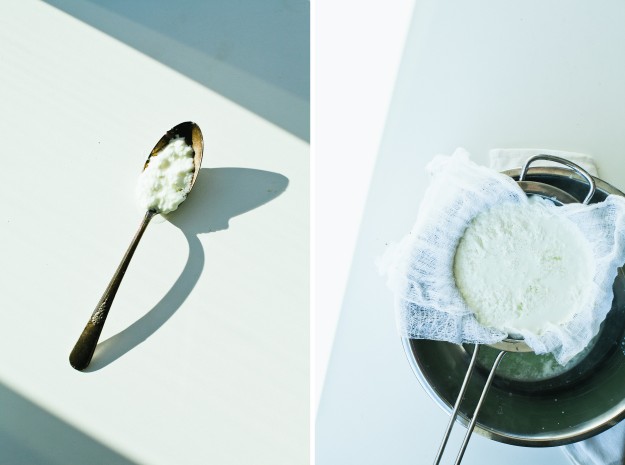
The more I think about it I realize it’s not just in our work where this is true. Let’s be honest, being a mom is terrifying. These little people depend on me for so much. I do what I can to love them well but everyday (many times a day) I’m faced with my own fallibility and I let them down. And I will continue to do so because I’m human and imperfect and so are they. Because there is fear there doesn’t mean I shy away from the task. The fear reveals my love, passion and desire to mother them well.
This isn’t exactly where I intended this post to go. I’m here to talk about ricotta but actually fear isn’t that far off. Seeing recipes for homemade ricotta I envied the results but the process scared me. The heating, curdling then cheesecloth-using put me off for a time until I decided to face the fear of the thermometer (which it turns out you don’t even need) and try making my own. I did and now have done so dozens of times.
When Summer was in its prime along with red tomatoes heavy with juice and peaches so sweet you could smell their perfume before they were in sight, I was making fresh ricotta weekly. We’d make meals of it with bread and just sliced produce. And now that I’ve been making bread with a light and bubbled interior and a crisp, deeply golden exterior nearly daily, the ricotta has returned.
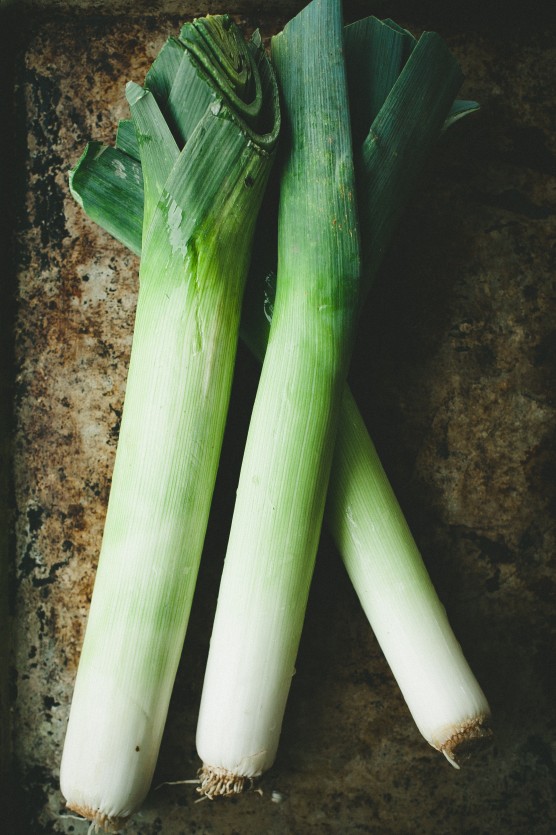
Sitting next to me as I type this are the few remains of lunch: two thick slices of bread baked last night with more than a smear but less than a dollop (although not much less) of ricotta, a bit of olive oil and flakes of crunchy sea salt scattered on top. Last week there were warm and buttery melted leeks resting on the ricotta. A few chile flakes gave a bit of heat to the simple tartine and the bread was crisped in the pan with olive oil.
One thing I have learned about fear is that the completed action that was once cloaked in it is so much more satisfying when conquered. Each batch of fresh ricotta is a reminder of a fear smashed, smothered and beaten up. And each time I sit down to write – be it 5 minutes of pure scribbles and mumblings that will never be seen – I become a bit more brave and sure that yes, this is exactly what I am to supposed to be doing.
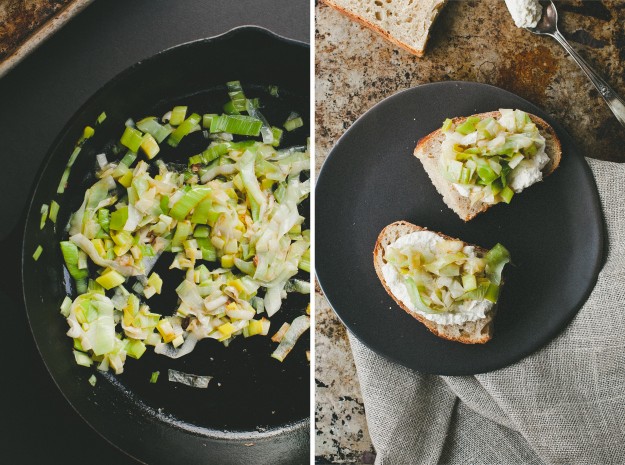
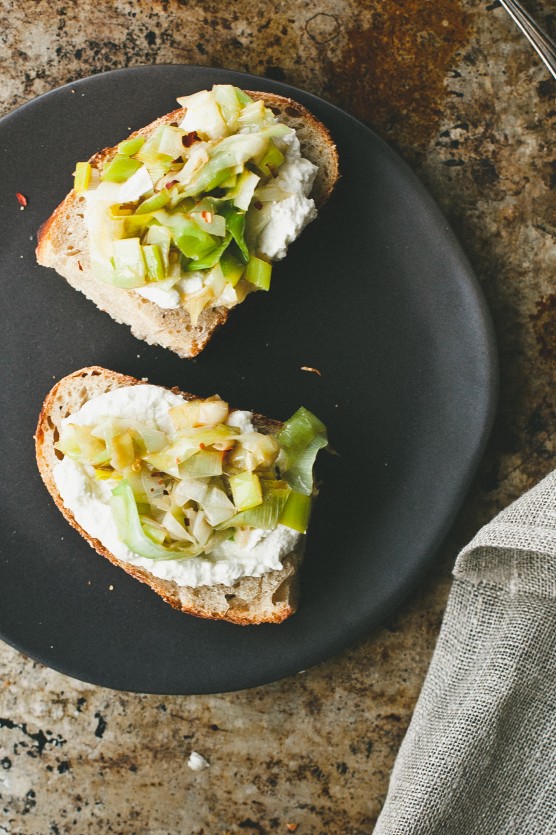
Melted Leeks and Ricotta Tartine
Melted Leek and Ricotta Tartine
With such a basic recipe as this one adaptations are welcomed and encouraged. Replace the leeks with fennel, greens, carrots or tomatoes. Add fresh herbs, spices or bits of bacon. Of course as is this tartine, splendid in its simplicity, made for a lovely lunch.
Homemade Ricotta
adapted from Ina Garten
I’ve been making ricotta for quite awhile now and have played around with the combination of milk and cream. It can be done with all milk but as you can imagine, cream makes it better. Ina goes as far as to add 2 cups of cream to 4 cups of whole milk and she’s got a good thing going. If I’m feeling rather indulgent that’s the version I use. But now it’s a weekly staple and this version is a bit lighter, cleaner and somehow makes me feel a bit better about slathering it atop crusty, warm bread. You can also pour a bit of fresh cream into the strained cream to add some extra richness and for an incredibly smooth ricotta. The point is it’s quite easy and adaptable so find the version that works best for you.
3 cups whole milk
1 cup cream
2 tablespoons vinegar (I’ve used distilled or cider, you could also use white wine vinegar)
salt
In a large pot combine the milk and cream and bring to a boil. Watch closely as it can boil over quickly and is a terrible pain to clean, spoken from multiple experiences.
Once the milk has come to a boil turn off the heat and add the vinegar. Give a quick and gentle stir before letting the mixture rest for 1 minute. You should notice almost instantly the little curds begin to form and separate from the whey. You’re making cheese - how crazy is that?!
Line a strainer with two layers of cheesecloth and place over a bowl large enough to catch the whey. Carefully pour the hot curds and whey over the cheese cloth. Let this drain for about 20-25 minutes or until it is the consistency you desire.
Add a bit of good quality salt. You don’t need much, if any, if you plan to use it for sweet recipes.
Before you cover and refrigerate your ricotta make sure to take a bite while it’s warm. There’s really nothing better.
Refrigerated this will keep for one week.
Melted Leeks
1 large leek
2 tablespoons butter
pinch chile flakes
salt
Thinly slice the white part of a large leek. If you happen to cut where the white gradually transitions to citron I wouldn’t mind.
In a skillet melt the butter then add the leeks. Add a pinch of salt and cook on medium-low until the leeks soften, become translucent and just start to caramelize.
Top a crisp piece of bread with fresh ricotta, warm leeks and a bit of chile flake.

